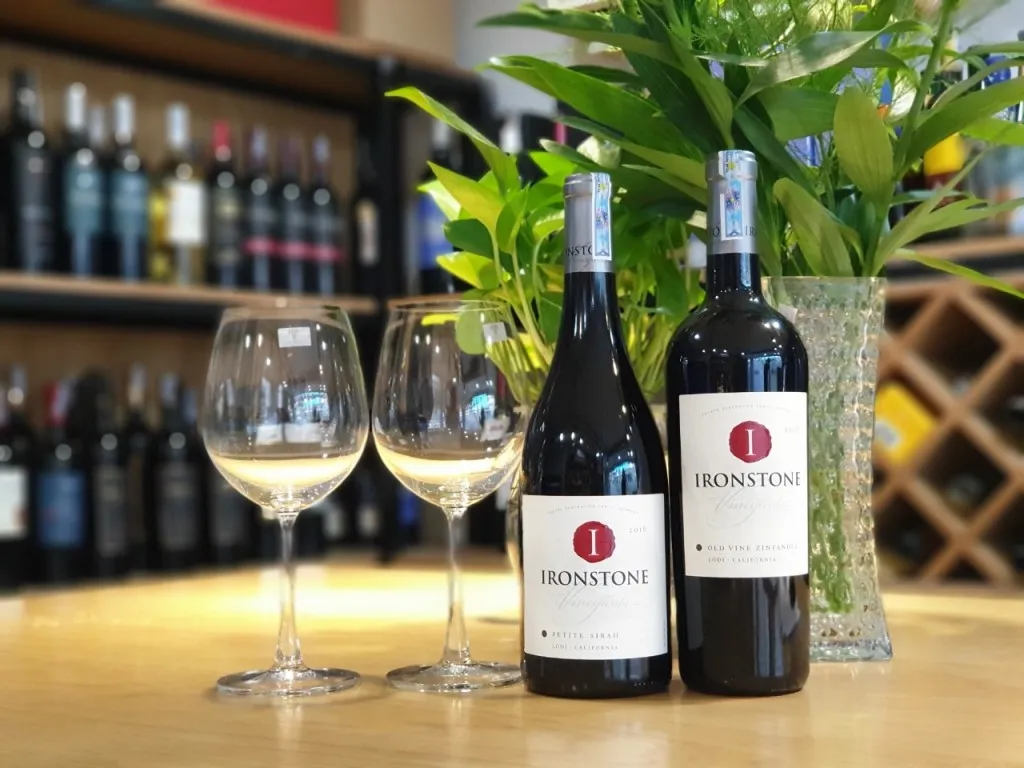Washington State, nestled in the Pacific Northwest of the United States, is today renowned as one of the nation’s premier wine-producing regions, second only to California in scale and reputation. However, few are aware of the arduous and challenging journey behind this resounding success, a journey spanning over a century. From humble beginnings with native grape varieties, through the difficult Prohibition era, to a powerful resurgence in recent decades, the Washington wine industry has firmly established its position on the world wine map.
The Humble Beginnings of Washington Wine
The history of grape growing and winemaking in Washington dates back to the 1820s, when the first vines were planted at Fort Vancouver, a Hudson’s Bay Company fur trading post. However, these initial efforts primarily focused on producing wine from native or hybrid grape varieties, which were not highly regarded for their quality compared to European Vitis vinifera grapes.
It wasn’t until the late 19th and early 20th centuries that pioneers in the Washington wine industry began experimenting with planting Vitis vinifera varieties, considered “noble grapes” for producing high-quality wines. One such pioneer was French botanist Edward Proebsting, who established the first commercial vineyard in the Yakima Valley in 1910. Proebsting planted various grape varieties, including Riesling and Concord, and recognized the great potential of Washington’s land and climate for wine grape cultivation.
However, these initial strides in the Washington wine industry were interrupted by nationwide Prohibition, which took effect from 1920 to 1933. Prohibition nearly wiped out the nascent American wine industry, and Washington was no exception. Most vineyards were abandoned, wineries closed, and valuable knowledge and experience in winemaking gradually faded.
The Difficult Prohibition Era
Throughout Prohibition, the production and sale of wine were considered illegal. Although there were some exceptions for “sacramental wine” produced for religious purposes, this activity was very limited and insufficient to sustain the wine industry. Many winemakers had to switch to other professions to make a living, and the remaining vineyards were mainly used for growing table grapes or grapes for juice production.
Prohibition not only caused economic damage but also negatively impacted wine culture in America. Wine became a taboo drink, and people gradually became accustomed to consuming other alcoholic beverages, such as spirits or bootleg beer. It took decades after Prohibition was repealed for wine culture to gradually recover and redevelop in the United States.
Post-Prohibition Revival and Growth
After Prohibition ended in 1933, the Washington wine industry began a slow but determined revival. Some winemakers who had survived the difficult period returned to their passion, along with the emergence of new generations, bringing modern winemaking knowledge and techniques.
In the 1960s and 1970s, the Washington wine industry witnessed significant growth in both quantity and quality. Winemakers began focusing on planting high-quality Vitis vinifera varieties, such as Chardonnay, Riesling, Cabernet Sauvignon, Merlot, and Pinot Noir. They also adopted advanced viticultural and winemaking techniques, learning from renowned wine regions around the world, especially from Europe.
A crucial milestone in the history of Washington wine development was the establishment of the Washington Wine Commission in 1987. This commission plays a vital role in promoting Washington wine in domestic and international markets, while also supporting winemakers with technical expertise, research, and development.

Grape Varieties and Terroir Shaping the Reputation
The success of Washington wine today largely stems from the suitability of the region’s terroir and climate for Vitis vinifera grapes. Washington has a dry continental climate, with hot and sunny summers and cold, snowy winters. Low rainfall, especially during the summer, helps minimize the risk of vine diseases and facilitates humidity control in the vineyards.
The soil for grape growing in Washington is diverse, ranging from volcanic soil and alluvial soil to sandy loam. This diversity creates variations in the flavor and characteristics of wines from different regions within Washington. The most famous wine regions of Washington include:
- Yakima Valley: Washington’s oldest and largest wine region, renowned for Chardonnay, Riesling, Merlot, and Syrah.
- Columbia Valley: Washington’s second-largest wine region, known for Cabernet Sauvignon, Merlot, Chardonnay, and Riesling.
- Red Mountain: A small but prestigious wine region celebrated for its exceptional red wines, especially Cabernet Sauvignon and Merlot.
- Walla Walla Valley: A wine region located on the border between Washington and Oregon, famous for Syrah, Cabernet Sauvignon, and Merlot.
- Horse Heaven Hills: A wine region along the Columbia River, known for its warm and windy climate, producing bold and complex wines.
Key grape varieties in Washington include Cabernet Sauvignon, Merlot, Chardonnay, Riesling, Syrah, and Pinot Gris. Washington is famous for both high-quality red and white wines, with diverse styles ranging from full-bodied, structured red wines to fresh, elegant white wines.
The Washington Wine Industry Today
Today, Washington has become one of the most respected wine regions in the world. Washington wines are highly rated by critics and consumers alike and have won numerous prestigious international awards. The wine industry contributes significantly to the state’s economy, creating thousands of jobs and attracting tourists from around the world.
With over 1,000 wineries and nearly 60,000 acres (24,000 hectares) of vineyards, Washington continues to assert its position as a rising wine powerhouse. Washington winemakers are constantly innovating and creating, exploring new grape varieties, production techniques, and terroirs. They are also committed to sustainable development and environmental protection, ensuring that the Washington wine industry will continue to grow strongly and sustainably in the future.
Conclusion
The history of Washington wine production is an inspiring story of perseverance, passion, and relentless effort. From humble beginnings, overcoming seemingly insurmountable challenges, the Washington wine industry has risen to become one of the brightest stars in the wine world. With immense potential in terms of terroir, climate, and people, Washington wine promises to achieve even greater success in the future, bringing wonderful and unique experiences to wine lovers worldwide.